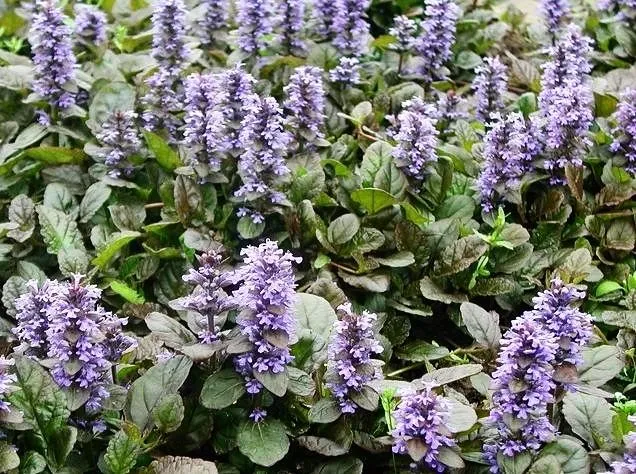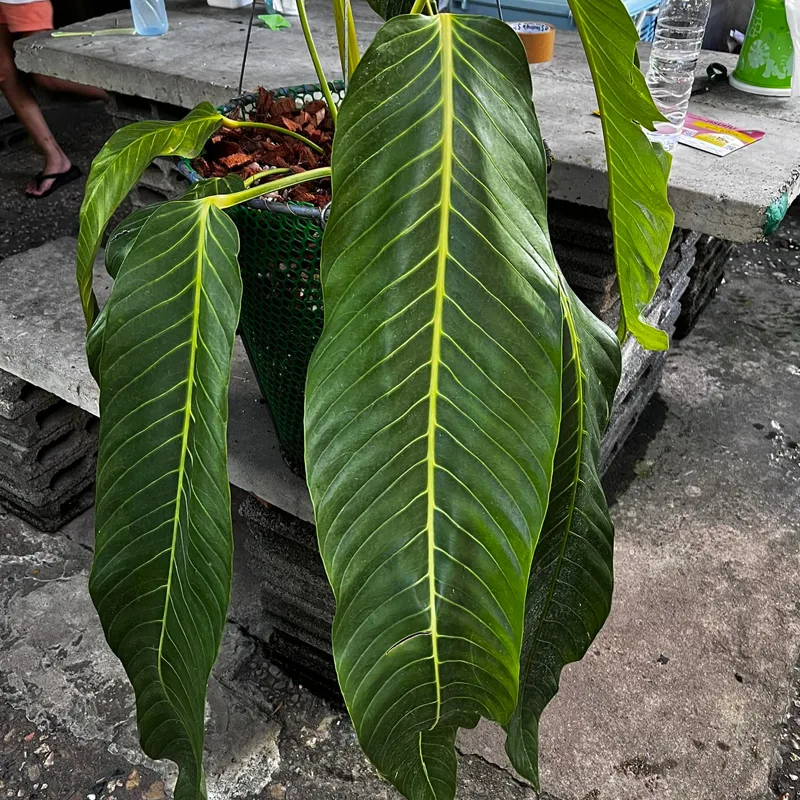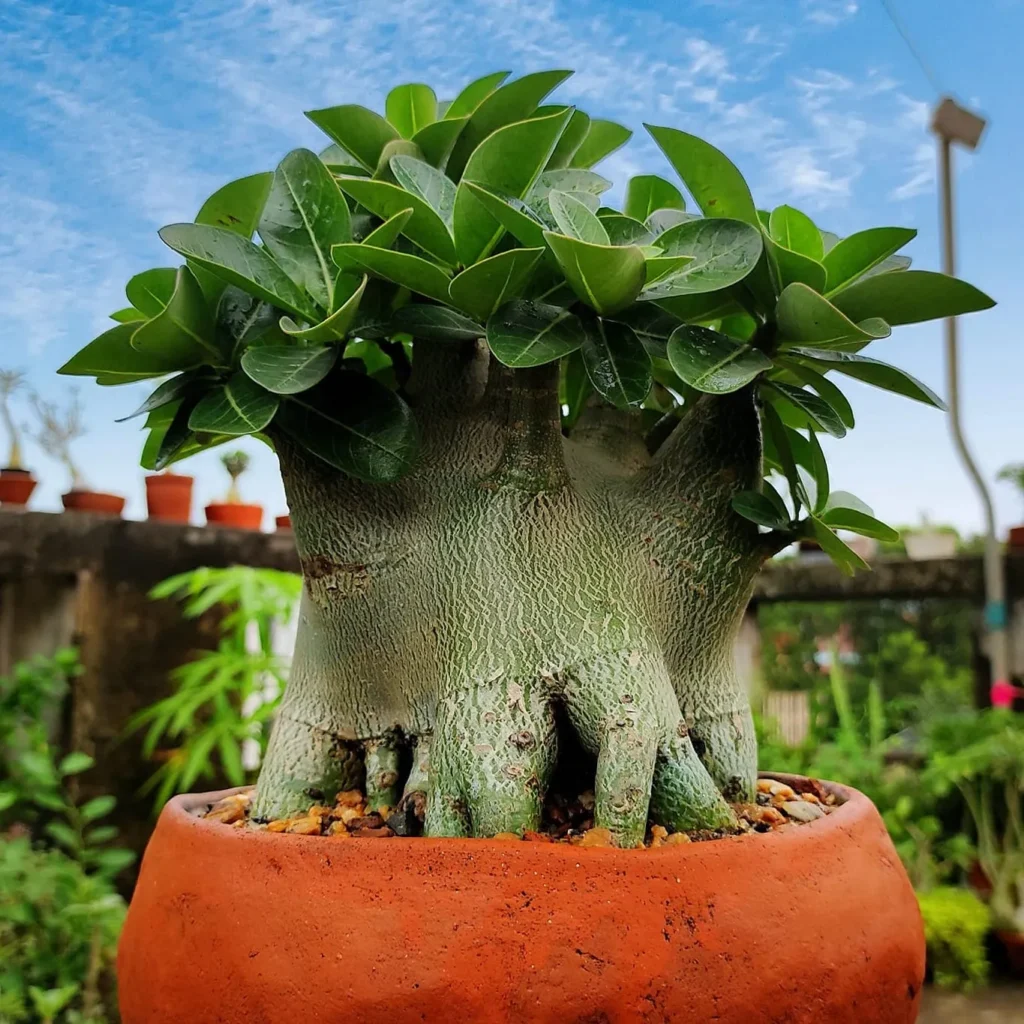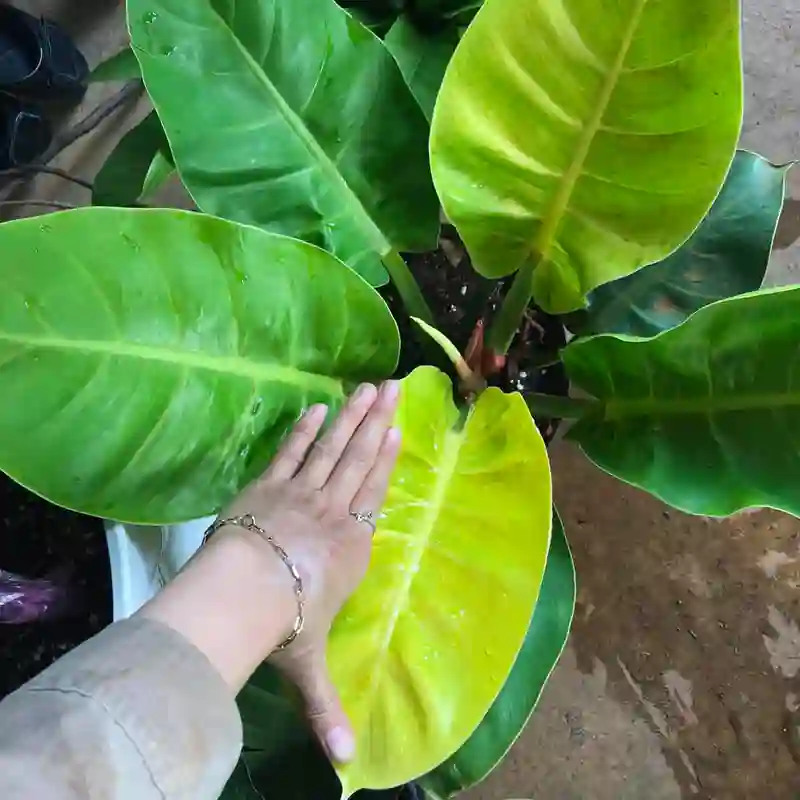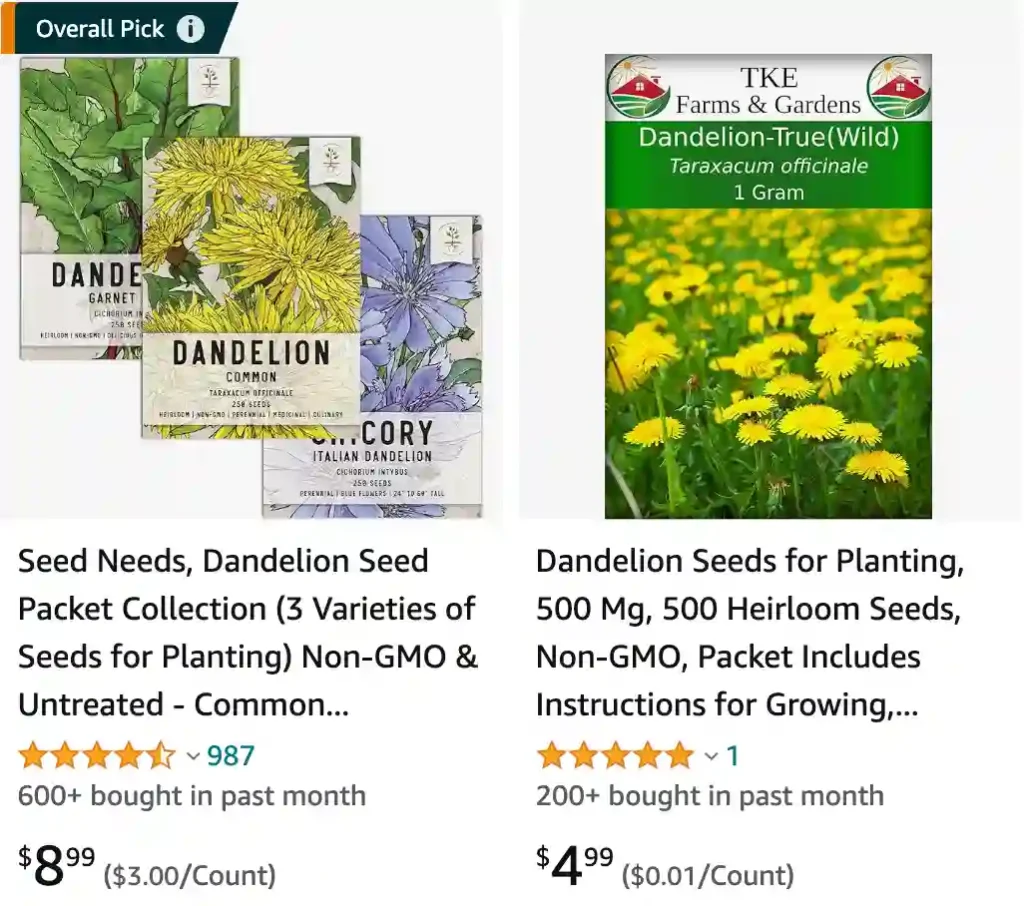
The Red-Seeded Dandelion: A Persistent Little Flower (Taraxacum erythrospermum)
As a gardener in, I’ve battled my fair share of weeds. But one in particular has tested my patience: the red-seeded dandelion, or Taraxacum erythrospermum. This tenacious little flower, while boasting a cheerful yellow bloom, can quickly take over a garden bed if left unchecked.
What makes the red-seeded dandelion such a challenge? Let’s delve into its characteristics and explore some effective methods for keeping it under control.
2488 Species in Genus Taraxacum
Identifying the Red-Seeded Dandelion
The red-seeded dandelion is a close cousin to the common dandelion (Taraxacum officinale). They share many similarities, but there are a few key distinctions. The red-seeded dandelion typically has smaller flowers, rarely exceeding an inch in diameter. The leaves are more deeply lobed, with triangular or lance-like segments that curve back towards the base. But the most telling feature lies in the seeds. Unlike the olive-colored seeds of the common dandelion, the red-seeded dandelion boasts reddish-brown seed bases, hence its name.
Taraxacum erythrospermum vs taraxacum officinale
I’ve found Taraxacum erythrospermum to be a bit more striking than Taraxacum officinale because its red seeds really stand out against the green foliage. On the other hand, Taraxacum officinale is more familiar to me, as its yellow flowers are what I’ve always associated with dandelions. The reddish tint of the seeds in erythrospermum adds a unique touch to the garden that I didn’t expect but really appreciate.
Why Bother Controlling It?
While some may find the red-seeded dandelion charming, its carefree seeding habits can wreak havoc in a cultivated garden. Those adorable white puffs transform into airborne seeds that readily travel on the wind, readily establishing themselves in new locations. Left unchecked, they can crowd out desired plants and disrupt your carefully planned garden layout.
Eradicating the Red-Seeded Dandelion: A Multi-Pronged Approach
There’s no single magic bullet for eliminating red-seeded dandelions. An effective strategy requires a multi-pronged approach that combines prevention and removal techniques.
1. Be Vigilant: Early Intervention is Key
The key to controlling red-seeded dandelions lies in preventing them from setting seed. Regularly patrol your garden, keeping an eye out for young dandelion rosettes. These low-growing clusters of leaves are easily identifiable before they develop the characteristic yellow flower head.
2. Manual Removal: The Classic Technique
For established dandelions, manual removal is a tried-and-true method. The goal is to extract the entire taproot, the deep, central root responsible for the plant’s persistence. Use a dandelion puller or a long-handled weeding tool to carefully dig down and remove the root. Be persistent, as any remaining root fragments can potentially regenerate the plant.
3. Smothering Tactics: Depriving Them of Sunlight
Another effective strategy involves smothering. Once the flower head emerges but before seeds develop, cover the plant with a thick layer of mulch or cardboard. This deprives the plant of sunlight, hindering its growth and seed production. Be sure to weigh down the covering to prevent it from blowing away.
4. Herbicides: A Last Resort
Herbicides should be considered a last resort due to their potential impact on surrounding plants and the environment. If you choose this method, opt for a selective herbicide labeled for broadleaf weeds. Carefully follow the application instructions and exercise caution to avoid harming desired plants.
Living with the Red-Seeded Dandelion: Finding Balance
While the red-seeded dandelion can be a persistent weed, it’s not all bad news. These cheerful flowers provide a nectar source for pollinators like bees and butterflies. Additionally, the leaves are reportedly edible and can be used in salads or stir-fries (although I haven’t tried this myself!).
Finding a balance is key. By implementing the strategies outlined above, you can keep the red-seeded dandelion population in check without completely eradicating them from your garden. Remember, a healthy and diverse garden ecosystem often includes a bit of “controlled chaos.”
If i die, water my plants!
